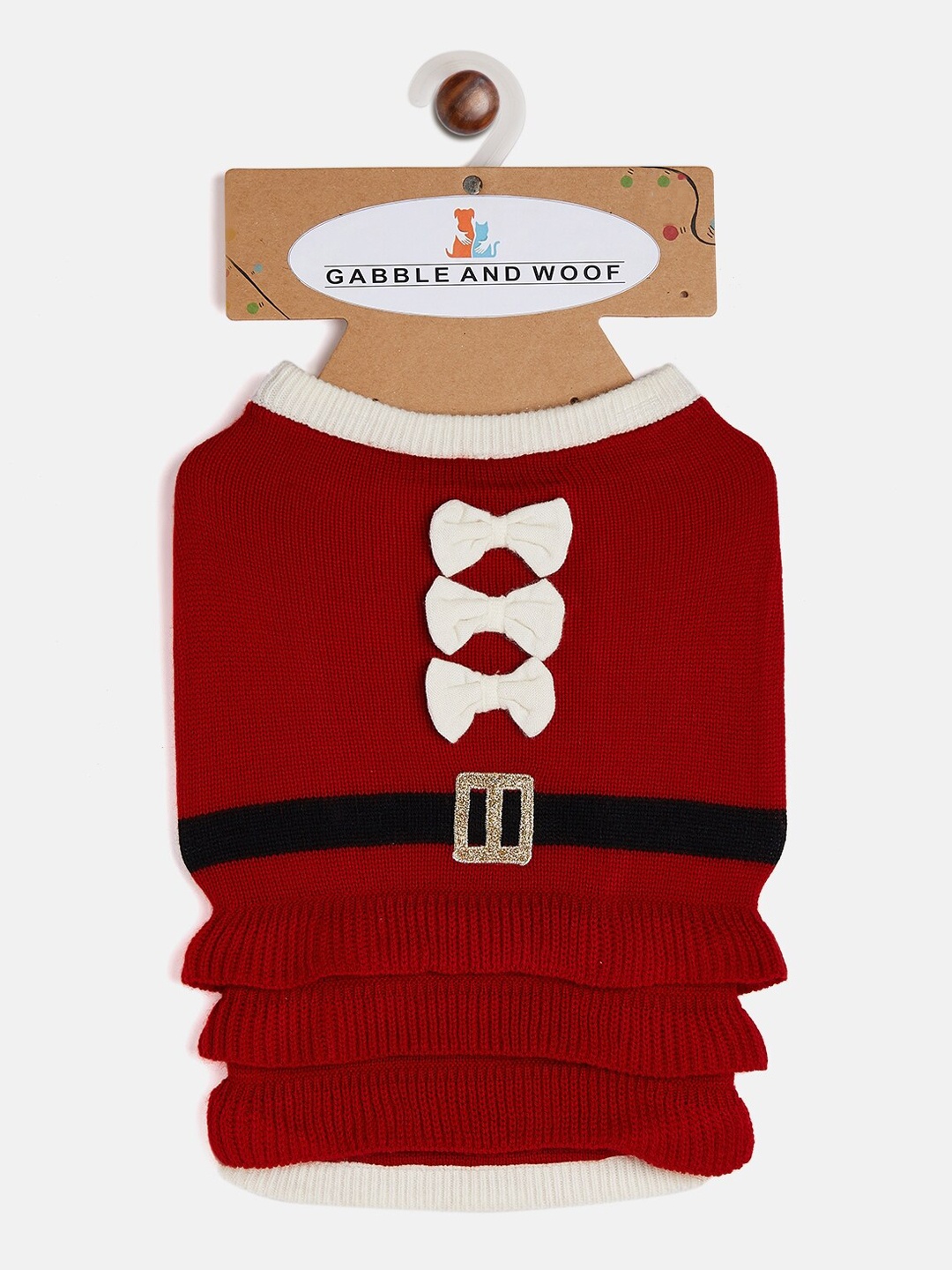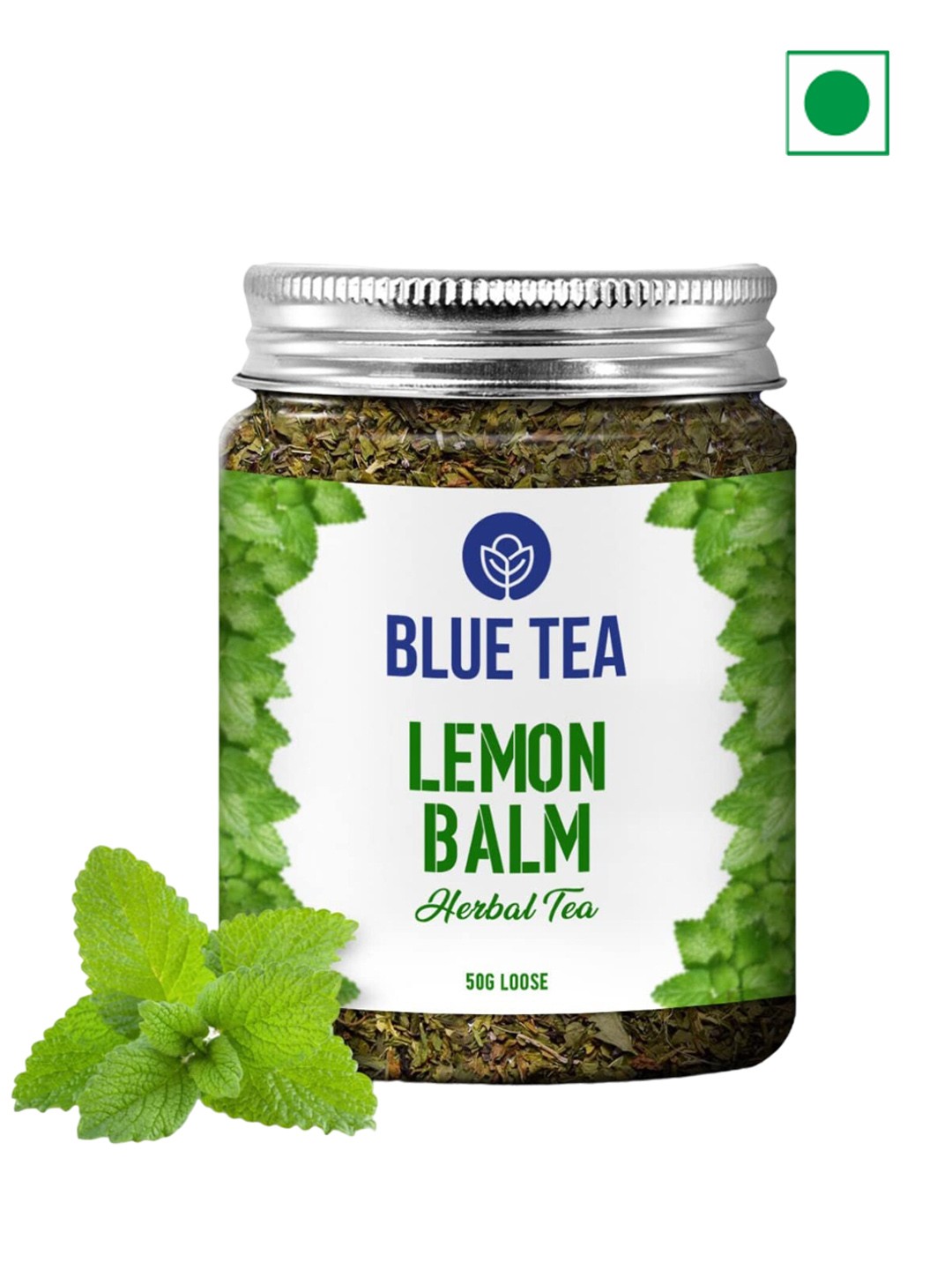Always Be Prepared: The 10 Things Every First Aid Box Should Contain
Learn how to build a practical first aid box with 10 essential items for everyday emergencies. From antiseptics to bandages and medicines, here's your complete guide to staying prepared at home or on the go.

Every household needs a first aid supplies laid out for emergencies.
When an accident strikes, having a well-equipped first aid box can make all the difference. Whether it is a minor cut, a sudden fever, or a bout of indigestion, being prepared saves you both time and worry. While many households underestimate the importance of keeping a ready kit, doctors and emergency professionals stress that every home, office, and car should have one. A first aid box is not only about plasters and cotton; it is about creating a reliable, accessible safety net for everyday health concerns.

Essential medicines and tablets can be safely stored in a home first kit for emergency use.
Photo Credit: Pexels
Also Read: Suffering From Long Flu? Here Is How Smart Sanitisation Can Protect You and Others
10 Essential Items To Build A Practical First Aid Box
1. Antiseptic Liquid
One of the most basic yet indispensable items, antiseptic liquid, is the first line of defence against infections. It can be used to clean cuts, grazes, insect bites, or even as a disinfectant for surfaces when needed. Popular choices like Dettol or Savlon are household names in India and beyond. Always keep a small bottle in your kit, preferably one with a secure cap to prevent spills.
2. Antiseptic Cream
Where antiseptic liquid disinfects, antiseptic cream helps heal. Creams are effective in soothing burns, preventing bacterial growth in minor wounds, and reducing the risk of infection. They also provide a protective layer, keeping dirt and dust away from the injured area. A travel-sized tube ensures convenience and prevents wastage.
3. Cotton Wool
Soft and absorbent, cotton wool is necessary for cleaning wounds or applying antiseptic liquid. While sterile cotton balls are hygienic for first aid purposes, cotton pads are also useful for gently wiping delicate skin. Ensure that the cotton is kept in a sealed pack to maintain cleanliness and avoid contamination.
4. Bandages
No first aid box is complete without bandages. Elastic crepe bandages are particularly useful for sprains, while sterile gauze bandages are ideal for dressing larger wounds. Adhesive bandages (plasters) of different sizes are also essential for covering cuts, blisters, and scrapes. Make sure your kit includes a variety so you are prepared for different scenarios.
5. Pain Relievers
Pain Relievers are often the first thing people reach for in an emergency. Zandu Balm and Vicks can relieve headaches, stuffed nose, whereas Moov and Volini can help sprained muscles. However, these medicines are not suitable for everyone, especially children or those with certain health conditions. It is always best to store them with clear labels and check expiry dates regularly.
6. Paracetamol
Paracetamol deserves a separate mention from general painkillers because of its wide use in treating fever and mild pain. Safe for most people, including children, it is a must-have in every household. Opt for both tablets for adults and syrup formulations for children. Remember to store medication in a cool, dry place and away from direct sunlight.
7. Digestive Tablets or Antacids
Sudden indigestion, acidity, or heartburn can be unsettling, especially when travelling or late at night. Digestive tablets or chewable antacids provide quick relief. While they may seem secondary compared to wound care supplies, they are vital for managing everyday health upsets that often catch people off guard.
8. Ointments
A multipurpose ointment that soothes burns, sprains, or insect bites is essential. Burn ointments cool the affected skin and reduce blistering, while anti-inflammatory gels are excellent for sports-related injuries or sudden muscle pulls. Keeping at least one tube for burns and one for muscular pain ensures you are covered.
9. Thermometer
A thermometer may not seem like an obvious addition to a first aid box, yet it is one of the most crucial. Detecting fever accurately allows you to act quickly, whether that means giving paracetamol or seeking professional medical attention. Digital thermometers are widely available, easy to read, and safer than traditional mercury ones.
10. Scissors and Tweezers
The final but highly practical addition is a pair of small, sharp scissors and tweezers. Scissors help in cutting bandages, plasters, or medical tape neatly, while tweezers are invaluable for removing splinters, glass shards, or ticks. These tools must be kept clean, ideally sterilised, and stored in a pouch within the box to avoid injuries.
The Need For A First Aid Box
First aid is about empowerment, having the ability to respond to unexpected health concerns without panic. A well-prepared box is not a luxury but a necessity in every home, car, and workplace. Beyond the practical aspect, it offers peace of mind. When a child falls in the garden, when a partner complains of a sudden headache, or when you nick yourself while chopping vegetables, you won't have to scramble for solutions, you will already have them at hand.
Emergencies do not wait for pharmacies to open or for doctors to arrive. A thoughtfully prepared first aid box ensures you are always one step ahead. With antiseptics, basic medicines, bandages, and practical tools available online, you can respond calmly and effectively to life's little accidents. After all, preparation is the best protection.
Frequently Asked Questions (FAQs)
1. What are the most important items to keep in a first aid box?
A first aid box should contain antiseptic liquid, cream, cotton, bandages, basic pain relief medication, paracetamol, digestive aids, ointments, a thermometer, and tools like scissors and tweezers.
2. How often should I check or update my first aid box?
You should check your first aid box every 6 months to replace expired medicines, restock supplies like bandages or cotton, and ensure tools like thermometers or scissors are working properly.
3. Where should I keep a first aid box at home?
Store your first aid box in a cool, dry place, away from direct sunlight. It should be easily accessible to adults but kept out of the reach of young children.
4. Should a first aid box be different for home, travel, and the workplace?
Yes. While the basics remain the same, travel kits should be compact and portable, workplace kits may require additional items depending on the environment, and home kits can be more comprehensive.
5. Why is it important to have a thermometer in a first aid box?
A thermometer helps detect fever accurately, allowing you to decide whether to manage it with medication like paracetamol or seek medical help quickly.

























